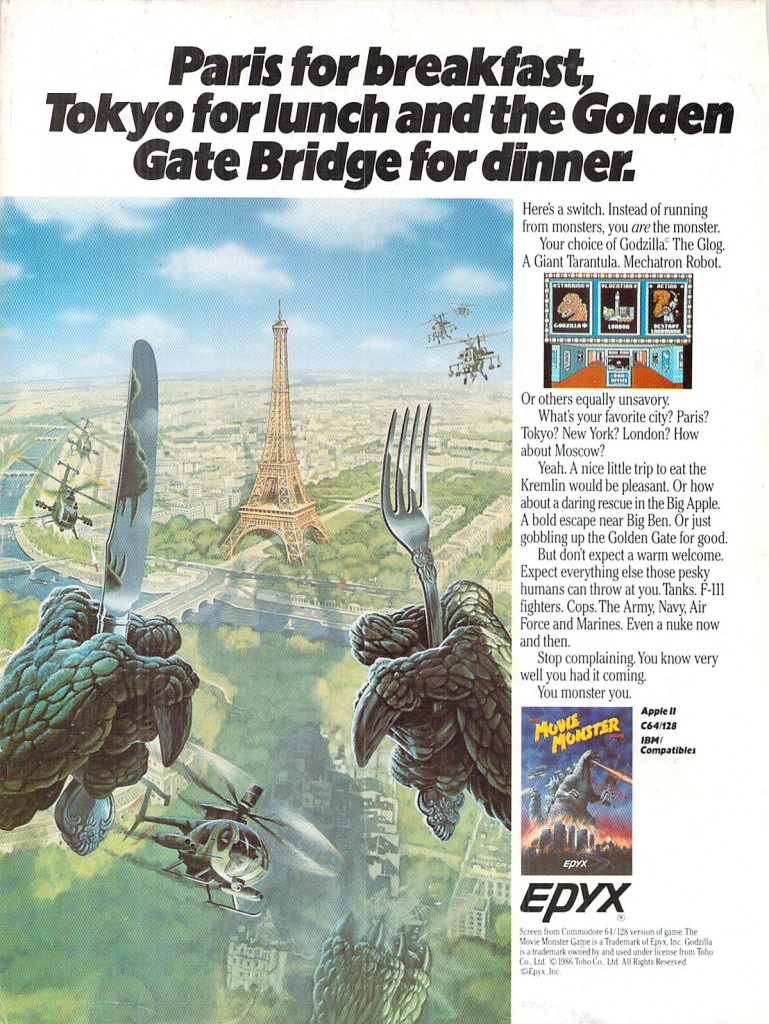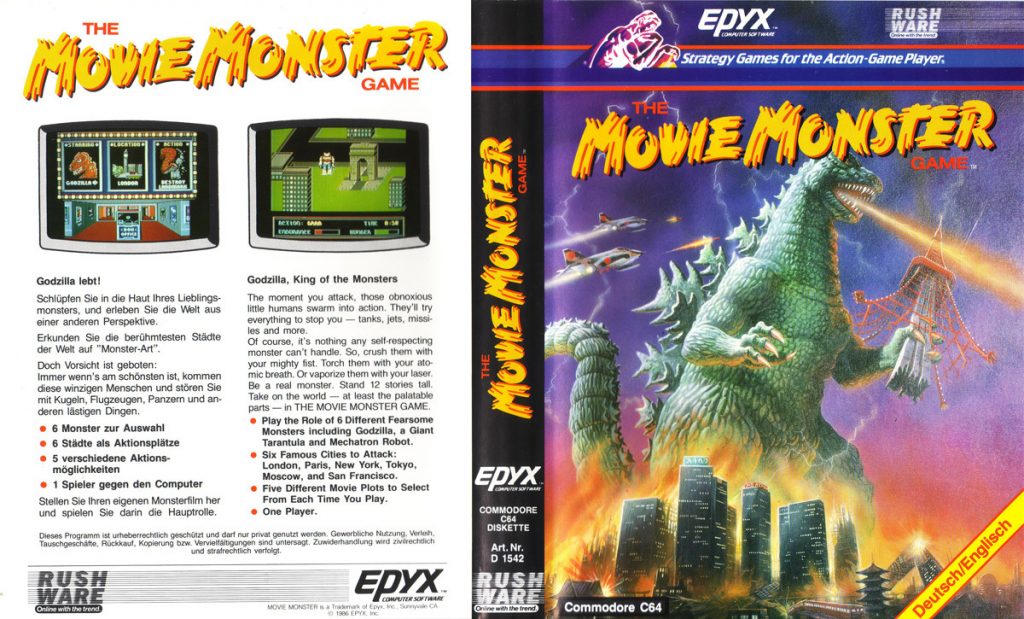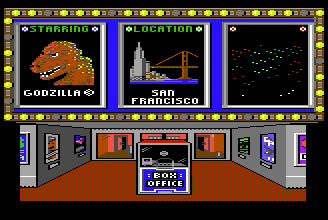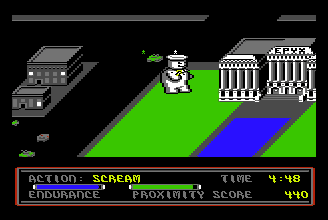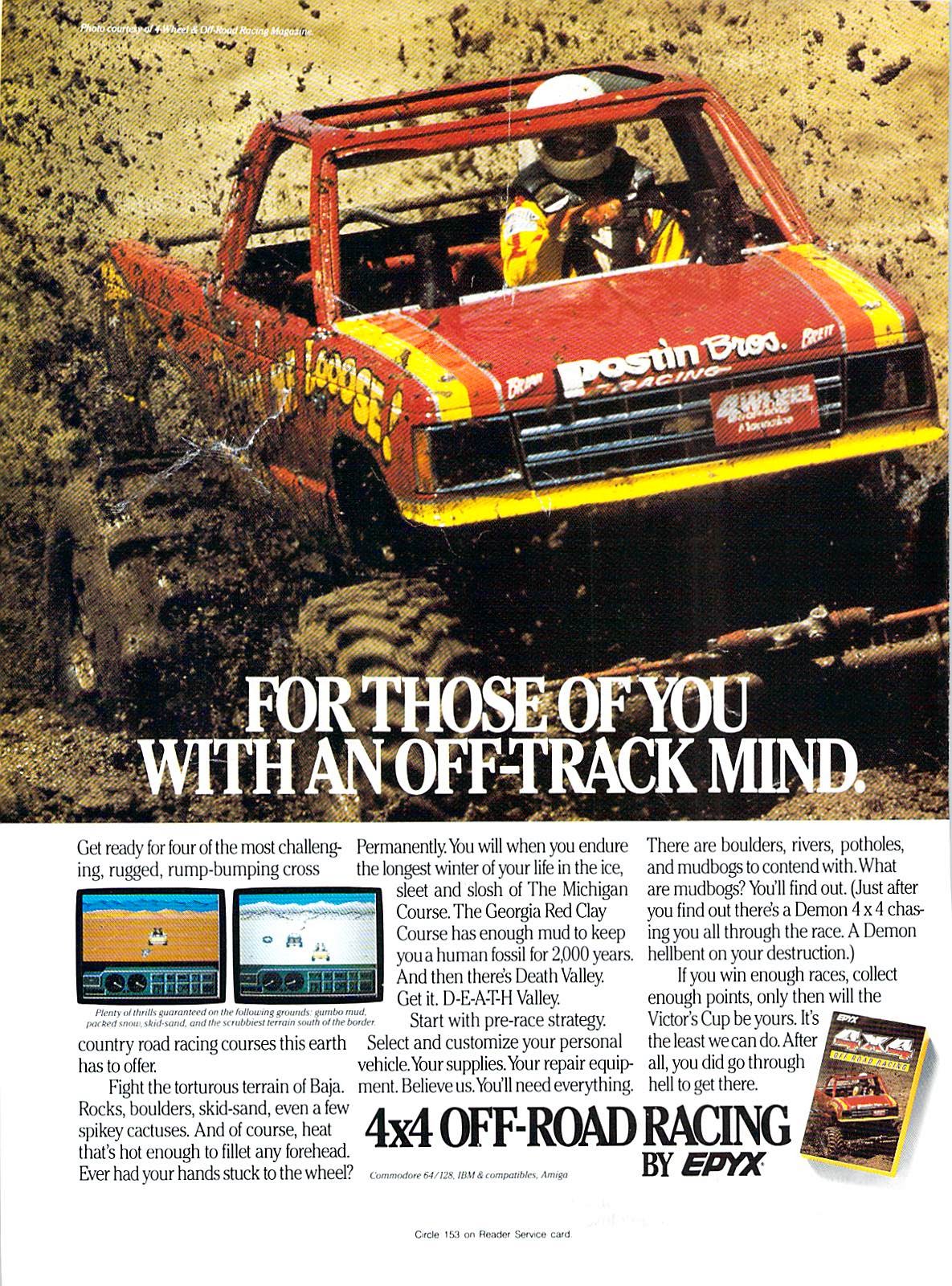
Temple of Apshai Trilogy (Commodore 64, Atari 8-bit)
http://darth-azrael.tumblr.com/post/151203779470/temple-of-apshai-trilogy-commodore-64-atari
Temple of Apshai was one of the very first graphical computer role-playing games, predating even Akalabeth, the precursor to the Ultima series. Temple of Apshai was first released on the TRS-80 and Commodore PET in 1979 by a company called Automated Simulations. Later that company would become Epyx. Temple of Apshai would be ported to a number of popular home computers such as the Atari 8-bit line and Commodore 64 among others.

There were a number of related games released, a couple of expansions and a sequel. The first expansion, called Upper Reaches of Apshai, was released in 1981 for the Apple II, Atari 8-bit, Commodore 64, TRS-80 and DOS. The second expansion, called Curse of RA, was released in 1982 for the same systems. Temple of Apshai Trilogy which was released in 1985 included improved versions of the original game and both expansions. It was released for all of the original systems except the TRS-80, plus newer platforms like the Amiga, Atari ST and Macintosh.

For RPG fans or those curious to see what the early days of computer role-playing games looked like then this is a must play. You might as well play the improved Trilogy version and it doesn’t matter too much which port. I have a preference for the Commodore 64 version but the Atari 8-bit version is a good choice too. The only way to play is to track down an original or use emulation. The simplest way is probably to head over to https://archive.org/details/msdos_Temple_of_Apshai_Trilogy_1982 where the DOS version can be played in your browser.
The box at the top is for the Commodore 64 and Atari 8-bit versions. For a few years it was common to include both versions of a game on a “flippy” disk that included one version on the front of the disk and another version on the back. Screen shots are from the Commodore 64 version of the game.
